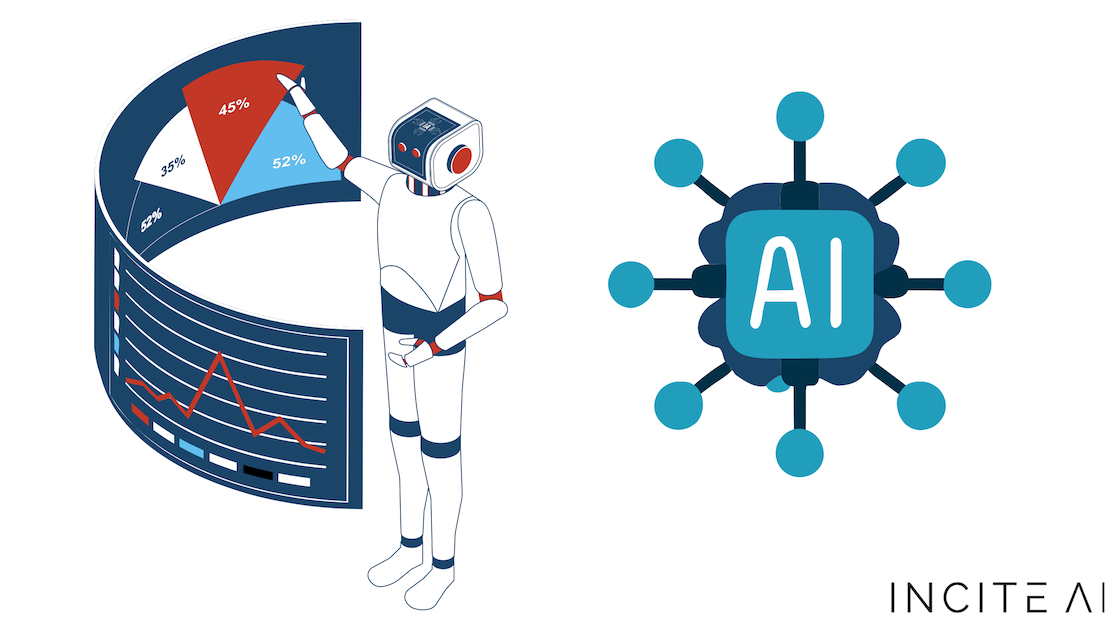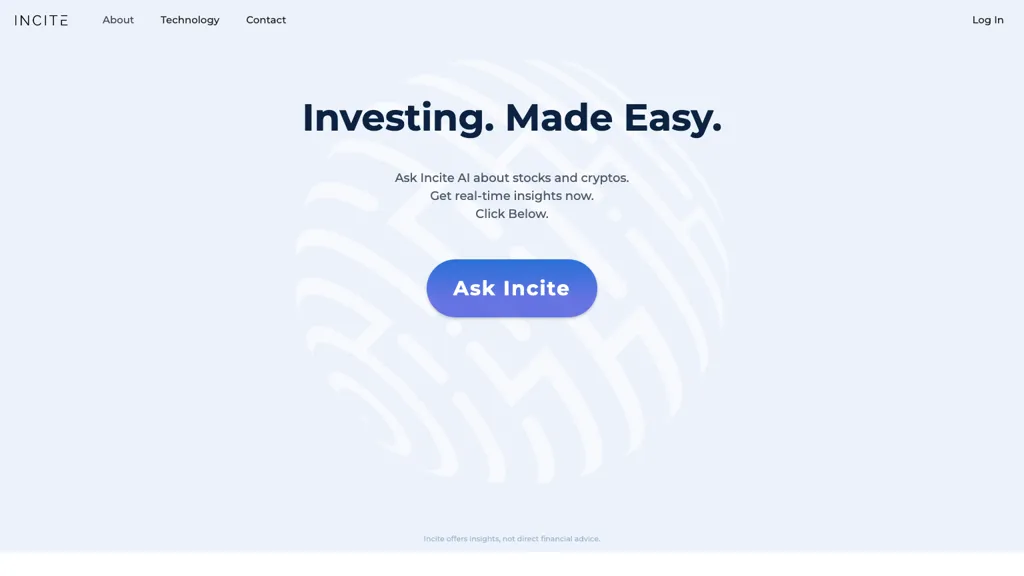20 Excellent Facts For Choosing AI Stock Prediction Websites
20 Excellent Facts For Choosing AI Stock Prediction Websites
Blog Article
Top 10 Tips To Assess The Security And The Privacy Of Ai Trading Platforms
As they typically handle sensitive financial data, and even personal data, security and privacy is paramount. A breach or misuse of information can result in massive financial losses as well as reputational harm. Here are the top ten suggestions to help you assess the security and privacy capabilities on these platforms.
1. Examine Data Encryption
Encryption on transit: Check that the platform you are using is secure and uses protocols to encrypt your data as it's transferred between their servers and the device (e.g. TLS/SSL).
Secure at Rest: Ensure that the sensitive information stored on the platform's servers is secured with strong encryption standards (e.g. AES-256, for example.).
End-to-end encrypted communications: Be sure that the platform you're using offers encryption that is end-to-end to protect any sensitive data.
2. Examine Authentication Mechanisms
Two-factor authentication (copyright) Check if the platform supports copyright in order to add an extra layer of security.
Biometric authentication: Determine whether the app supports biometric login methods (e.g., fingerprint or facial recognition, etc.)) for mobile applications.
Password policies: Check whether the platform has strong password policies (e.g., minimum length, requirements for complexity).
3. Examine for Compliance
Financial regulations: Ensure that your platform complies the applicable regulations governing financial transactions (e.g. SEC, FINRA or MiFID II).
Laws on data protection: Verify the compliance of privacy laws (e.g. GDPR, CCPA), if you're operating or conducting business in regions subject to these laws.
Audit certifications - Check to see if the system is accredited or has been subject to external security audits (e.g. SOC 2, ISO 27001).
Review Controls for Access to Data
Role based access: Use role-based accessibility controls to limit access to data only to authentic users.
Verify whether you can assign permissions on a granular level for different users and team members.
Activity monitoring: Find out whether the platform monitors and logs the user's behavior to detect suspicious behavior.
5. Assess Vulnerability and Management
Regular updates: Update the software regularly to ensure that it is always up-to-date.
Penetration Testing: Determine if the platform is regularly put through penetration testing which helps identify and fix security flaws.
Bug bounty programs: Verify if there is a bug-bounty program on the platform to motivate security researchers from other sources to disclose security vulnerabilities.
6. Evaluate Data Privacy Policies
Transparency The privacy guidelines on the website to learn how your data will be used, collected and shared.
Data minimization is the process to ensure that only the information necessary for operation are gathered by an application.
Third-party sharing: Determine whether the platform is sharing data with third parties and in the event that it does, under what conditions.
7. Secure API use is crucial to monitor
API security: Verify that the platform's API makes use of secured authentication (e.g. OAuth, API Keys) and secures every data exchange.
Rate-limiting: Check if the API has a limit on rate to prevent abuse and brute-force attacks.
Access logs: See if the platform logs API access and usage to allow monitoring and auditing.
8. Review Incident Recovery and Response
Incident response plan - Make sure that the platform is outfitted with a strategy to handle data breaches and other security incidents.
Policies for notification: Make sure that users are notified promptly in case of a security breach.
Backups of data: Make sure the platform regularly backups the data it stores and has a disaster recovery strategy in place.
9. Evaluation of Physical Security Measures
Security of the data center Security of servers: Ensure that the servers that run your platform are located in data centers with physical security measures such as surveillance and access controls.
Redundancy: Determine whether the platform is equipped with redundant systems in order to guarantee the availability of data in the event an hardware failure.
Geographic distribution: To improve resilience, make sure that the data is distributed across several sites.
10. Test Privacy Controls for Users
Data deletion: Make sure your platform allows deletion of all of your data if you decide to end your use of it.
Privacy settings: Make sure you have privacy settings on your platform so you can control which information is shared or visible.
Anonymization: Check if the platform anonymizes data used for machine learning or analytics.
Bonus Tips
User feedback and reputation: Read user reviews and feedback to assess the reputation of the platform in terms of security and privacy.
Free trial period: Test the privacy controls of the platform and security features using a demo.
Customer Support: Make sure whether the platform is able to provide robust support for security issues.
Following these tips can assist you in evaluating the security and privacy features of AI stock-predicting/analyzing trading platforms. It will help ensure that your personal and financial information is secure. Secure platforms not only safeguard your investments, but will also create confidence and trust in its service. See the best recommended site on ai for trading for blog tips including AI stock, ai for stock trading, best AI stock trading bot free, AI stock picker, AI stock trading app, chart ai trading assistant, best AI stock, ai investing platform, ai trading, best ai trading software and more.
Top 10 Strategies For Maintaining And Updating Ai Trading Platforms
To ensure that AI-powered stock trading and prediction platforms remain secure and effective they should be maintained and regularly updated. These are the top 10 tips to analyze the maintenance and update practices of these platforms:
1. Updates frequency
Find out the frequency of your platform's updates (e.g. weekly, monthly, or quarterly).
What is the reason? Regular updates indicate an active and rapid development as well as the ability to respond to market trends.
2. Transparency in Release Notes
Read the release notes on your platform in order to identify what enhancements and changes have been implemented.
Transparent release notes show that the platform is committed to continuous improvements.
3. AI Model Retraining Schedule
Tip: Ask when the AI models are retrained with new data.
Why: Models must evolve to stay accurate and relevant as market dynamics change.
4. Bug Fixes and Issue Resolution
Tips - Check the speed with which the platform can resolve technical and bug issues.
What's the reason? The platform will remain reliable and functional if bug fixes are carried out promptly.
5. Updates on Security
Tips: Make sure that the platform updates its security protocols on a regular basis to protect data of traders and users.
Why is cyber security essential for financial platforms in order to avoid fraudulent activities and breaches.
6. Integration of New Features
Tips: Check whether there are any new features introduced by the platform (e.g. advanced analytics, data sources, etc.) in response to user feedback or market trends.
Why are feature updates important? They are an indication of innovation and responsiveness towards customer needs.
7. Backward Compatibility
Tip: Make sure that the updates you install don't require major reconfiguration or disrupt the functionality of your current system.
What is the reason? Backward compatibility guarantees a smooth user experience during transitions.
8. Communication with Users During Maintenance
It is possible to evaluate the transmission of maintenance schedules and downtimes to users.
What is the reason? Clear communication prevents disruptions and builds trust.
9. Performance Monitoring, Optimization and Analysis
Tip: Verify that the platform constantly monitors key performance indicators like accuracy or latency and then optimizes their systems.
The reason: Continuous optimization of the platform ensures that it stays effective and scalable.
10. Compliance with Regulatory Changes
Tip: See whether your system is compatible with the latest technology, policies, and laws regarding privacy of data or the latest financial regulations.
The reason: To minimize legal risks and keep user trust, regulatory compliance is essential.
Bonus Tip: Integration of user feedback
Verify that maintenance and updates are based on feedback from users. This indicates a focus on the customer to improve.
By evaluating these factors to ensure that the AI-based stock prediction and trading platforms that you pick are regularly maintained, updated and able to adjust to changing market dynamics. Check out the recommended AI stock investing advice for blog info including ai for trading stocks, investing with ai, AI stock price prediction, AI stock trader, ai options trading, best AI stocks to buy now, stock trading ai, ai options, best ai trading platform, how to use ai for copyright trading and more.